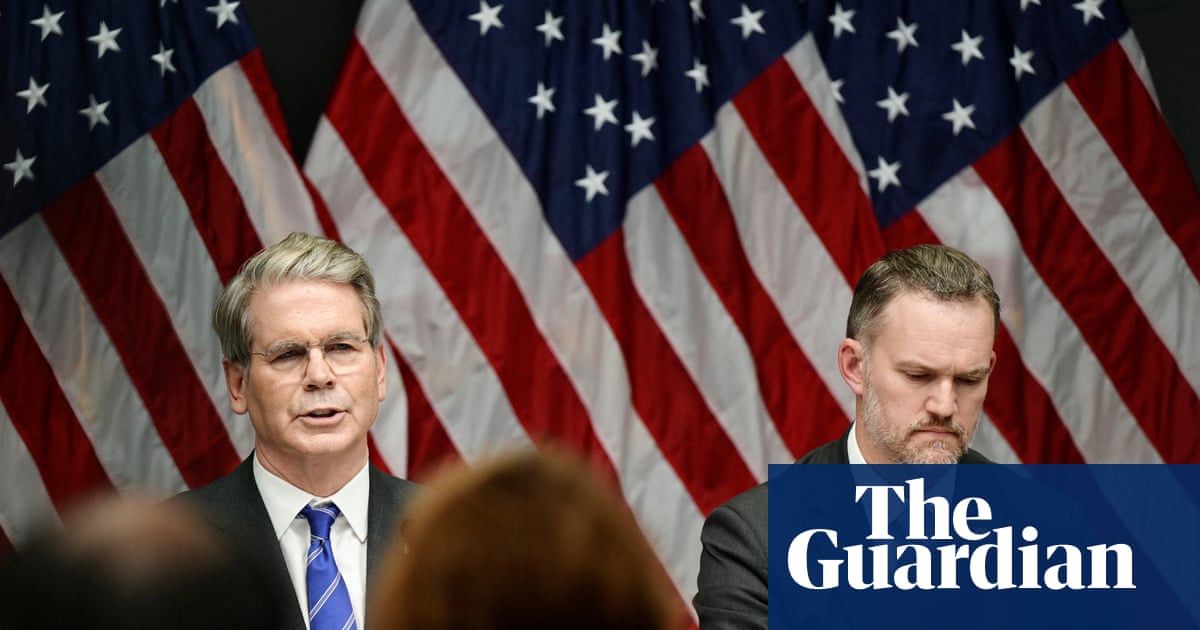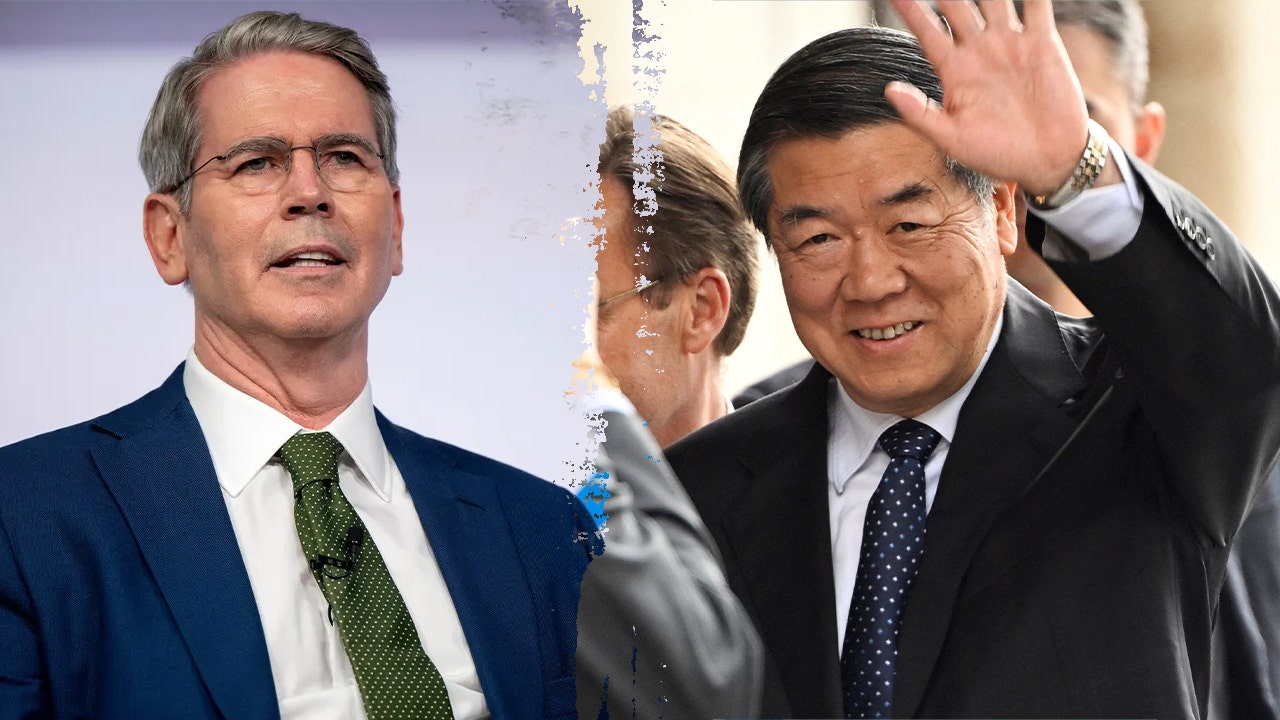US and China Hold Third Round of Trade Talks in Stockholm Amid Tariff and Trade Deficit Concerns
US and Chinese officials are holding their third trade talks in Stockholm, addressing tariffs, the US trade deficit, and industrial overcapacity to ease restrictions.
Subscribe to unlock this story
We really don't like cutting you off, but you've reached your monthly limit. At just $5/month, subscriptions are how we keep this project going. Start your free 7-day trial today!
Get StartedHave an account? Sign in
Overview
- US and Chinese officials, including Treasury Secretary Scott Bessent and Vice Premier He Lifeng, are conducting their third round of trade talks this year in Stockholm.
- Discussions focus on persistent trade issues, including existing tariffs, the significant U.S. trade deficit with China, and concerns over China's industrial overcapacity.
- Beijing is expected to advocate for the removal of the 20% fentanyl-related tariff, imposed by President Trump, aiming to ease current trade restrictions.
- The U.S. aims to boost its exports to China and encourage Beijing's economic shift towards greater domestic consumer spending, fostering balanced growth.
- High-level negotiations are vital for laying groundwork for a potential summit between President Trump and President Xi later this year, aiming to reduce misperception.
Report issue

Read both sides in 5 minutes each day
Analysis
Center-leaning sources cover the US-China trade talks neutrally, focusing on factual reporting and providing balanced perspectives. They avoid loaded language, instead describing the situation objectively and attributing opinions to officials or experts. The coverage details the lack of breakthroughs, the expiring truce, and the key issues without editorializing.
Articles (21)
Center (8)
FAQ
The talks focus on tariffs, the large US trade deficit with China, and concerns about China's industrial overcapacity, aiming to negotiate easing of trade restrictions and boost balanced economic growth.
China is expected to push for removal of this tariff to ease current trade restrictions and improve trade relations with the US.
The US trade deficit with China remains substantial, reaching over $279 billion in 2024, and contributing the largest share to the overall US trade deficit; the deficit increased by about 5.8% from the previous year.
The US seeks to increase exports to China and encourage China to shift its economy towards more domestic consumer spending to foster balanced growth between the two countries.
These high-level negotiations are critical for building mutual understanding and reducing misperceptions, laying the groundwork for a successful summit between the two leaders later in the year.
History
- 3M

 10 articles
10 articles
- 3M

 3 articles
3 articles
- 3M

 3 articles
3 articles
- 3M

 3 articles
3 articles
















